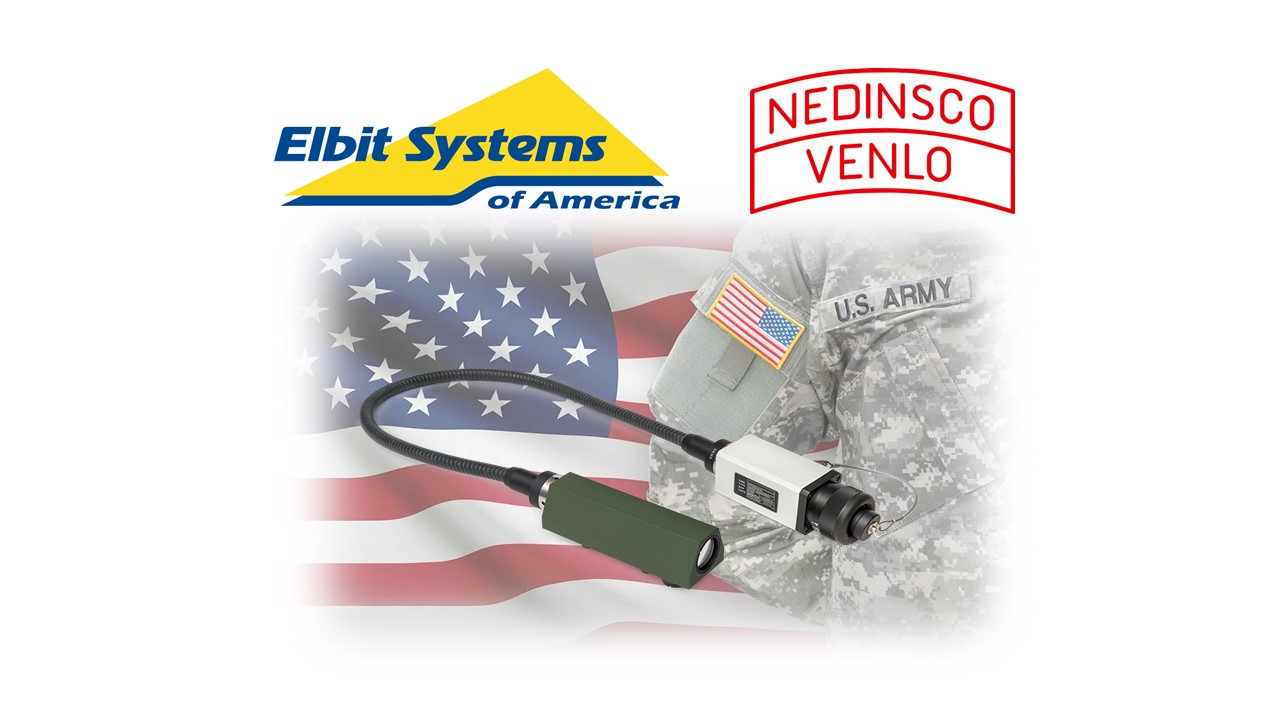
Elbit Systems America and Nedinsco sign teaming agreement
5 October 2023News
Fiber Optic Technology radically improves the design of auxiliary sights.

Imagine you’re the gunner of a tank that’s buttoned up for a reconnaissance mission through hostile territory. Boom! An RPG suddenly destroys your electronic Primary Sight, and then moments later another blast knocks out electrical power. When you are under attack, you are more vulnerable to losing your optical sensors and yet this is a situation when visibility is especially critical.
“Always able to see and aim, even in degraded mode, makes a big difference to the crew’s safety and efficiency”
Frank Puts, Product Manager Defence
In degraded mode, when the (primary) electronic sights are down or electrical power fails, tank crews immediately move to backup sights, often referred to as auxiliary sights. These non-powered systems maintain vitally-important visibility outside the vehicle for situational awareness and effective aiming, while the crew remains in the relative safety of the tank.
All types of armoured vehicles utilize auxiliary sights. In a typical tank, three of the four crew members depend on various types of sights to perform their duties. Only the loader can perform his or her responsibility without a view to the outside.
For a century, auxiliary sights were periscopes—rigid boxes containing mirrors, prisms, and lenses positioned to redirect light, allowing the viewer to see around an armoured plate that protects the viewer and the vehicle.
It was assumed that periscopes were the only possible design for safe and reliable auxiliary sights. Without power, how can light—which travels in a straight line—go around a protective shield except by reflection off of mirrors and prisms rigidly aligned in a box?
The answer is a radically different design utilizing a special kind imaging fiber optics . Wound Fiber Bundles (WFB) is a cable composed of hundreds of thousands of tiny flexible strands of specially formulated glass that transmits light without any electrical power.

Similar to video and thermal camera sights, fiber optic auxiliary sights have a modular, distributed architecture consisting of a component placed on the exterior of the vehicle, a component placed inside, and a cable connecting the two. Unlike video and thermal camera sights, a WFB Auxiliary Sight operates completely without electrical power, providing the the crew of armoured vehicles with the ability to engage targets in degraded mode.
With all this excellent and innovative technology, Nedinsco developed the back-up sight . A direct sighting device, available in single and dual field of view and very easy to integrate into new and retrofit progams. Download the whitepaper below to read more about the technology.